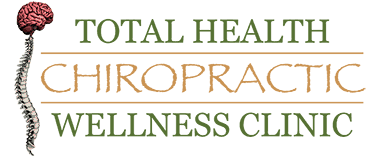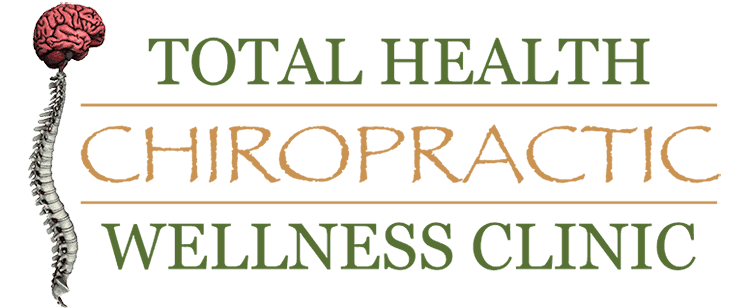Crawling serves a vital role in child development, leading to many positive neurological and structural benefits as an infant becomes a toddler. Parents should not promote walking too soon. Allowing babies time to gradually develop walking skills has long-term health benefits. Every infant develops uniquely, even amongst siblings with the same genetics. Some babies possess a desire and capability to begin walking sooner than others. No universal process exists, but advantages exist to holding off on the attempt to fast-track the walking process. An adequate duration of crawling improves many aspects of health and quality of life. Cross-crawl patterns improve neurological circuits and the development of proper spinal curvatures represent two of the main advantages of infant crawling.
 A normal healthy spine aligns straight up and down from front to back. The normal shape of the spine from a side view contains three specific curves. A forward curve or lordosis exists in the neck and low back while a backward curve or kyphosis needs to be present in the mid-back and pelvic bones. The curves make the spine stronger, more durable, and better able to handle heavier loads compared to a spine with reduced curvatures. The physiology of a healthy spine explains why a baby needs ample crawling time before being encouraged to walk.
A normal healthy spine aligns straight up and down from front to back. The normal shape of the spine from a side view contains three specific curves. A forward curve or lordosis exists in the neck and low back while a backward curve or kyphosis needs to be present in the mid-back and pelvic bones. The curves make the spine stronger, more durable, and better able to handle heavier loads compared to a spine with reduced curvatures. The physiology of a healthy spine explains why a baby needs ample crawling time before being encouraged to walk.
Research published in 2007 showed that abnormal curvature is associated with disc disease in the neck. In 2004, research published found that persons with hyperkyphotic posture had a 1.44 greater rate of mortality, and that hyperkyphotic posture was specifically associated with an increased rate of death due to atherosclerosis. In 2008, further research noted that a reduction in spinal curvatures in both thoracic and lumbar spine led to the increased risk of vertebral fracture by more than eightfold. These problems tend to manifest physically with symptoms later in life but often take shape with the formation of abnormal spinal curvature in the first few years of life, and further with the use of technology, as in mobile phones and computers. Parents should celebrate and encourage crawling with their developing toddlers before they begin to walk. Crawling also helps develop strong brain growth with the stimulating cross-crawl patterns a baby acquires when learning to move its arms and legs in tandem motion.
The spine houses the spinal cord and nerve roots along with loads of neurons which help provide proper nutrition to the brain through movement. The importance of this process causes many specialists to refer to the spine as the motor for the brain. Crawling serves as an easy and important strategy to help develop a normal healthy spine and nervous system in a child. Partnering crawling with a spinal evaluation by a Chiropractor ensures the development of healthy spine and nervous system hygiene.
Science and research show that trauma during the birth process can lead to small shifts in the spine which create stress in the nervous system. Biomechanical dysfunction and less than optimal vertebral movement patterns that can create interference in the brain to body communication network. Chiropractors check for biomechanical dysfunction by evaluating the health and structure of the spine. Millions of babies, children, and adults achieve better health, development, and function through improved spinal alignment and curvature with regular Chiropractic care. A regular routine of crawling and Chiropractic care give every infant and child an optimal opportunity for the healthiest future possible.
References:

